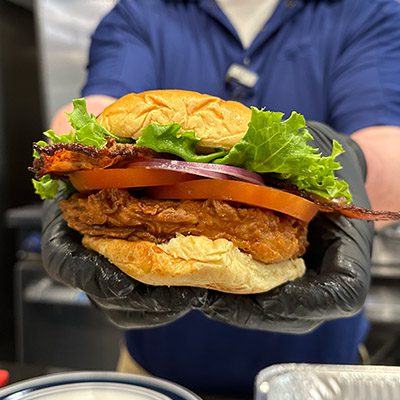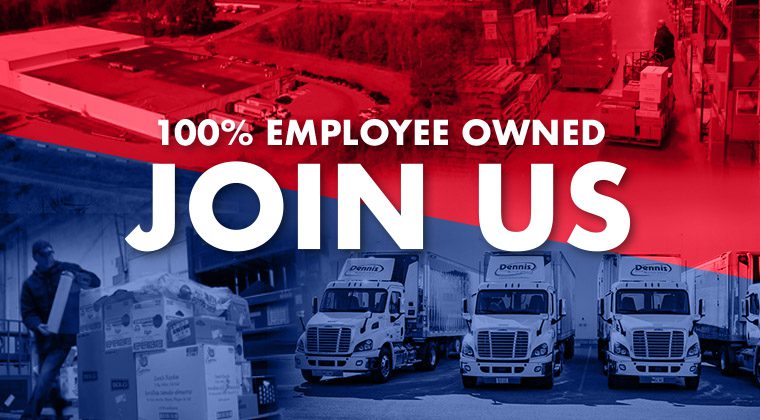
Training is Broken in the Restaurant Industry: Here’s How to Fix It
Any publicity is not always good publicity.
Restaurants have had to learn this the hard way. A poorly worded social media post, misguided advertising campaign, an illness outbreak, downright incompetence from executives and employees — there’s no limit to the factors that can create a PR controversy and inflict damage upon a brand and its reputation.
However, in today’s fast-moving 24-hour news cycle, even the biggest scandal can only hold the public’s attention for so long, and once the spotlight is off, companies tend to slap a Band-Aid on the problem and cross their fingers that it doesn’t happen again. And today, this is a huge risk for restaurants.
Everyone knows the definition of insanity is doing the same thing over and over again, but expecting different results. Yet, food service brands continually respond to major crises by addressing the superficial issues without getting to the actual root of the problem. If you look closer at the PR disasters that continue to trip up the restaurant industry over the last ten years, I’d guarantee most, if not all, are fueled by the same driving force: systematic failures in training. Many brands have recognized that poor training is a problem and taken baby steps to fix what’s broken, but times are different. The workforce is changing fast, and the jobs they perform are changing even faster.
Brands can no longer afford to continually trust dated and ineffective processes and tools that have left them exposed and vulnerable in the first place.
On that note, here are three key mistakes restaurant brands are making in onboarding, upskilling and preparing their labor force for work, and a few ideas on how to fix it.
Problem 1: Employees are bored
The reality is, employees have grown bored with training. The days of hiring an employee and handing them a manual, locking them in a room to watch hours of videos, and then testing them to somehow superficially prove that they know something, are done.
Outdated learning management systems, which a majority of the industry uses to deploy training, not only produce low voluntary participation, between 3-5 percent, but also fail to make an impact on real learning. Studies show that traditional training methods made up of videos, PowerPoint presentations and online modules have proven largely ineffective, with employees retaining less than 9 percent of what they learn. We can do better.
The fix: Companies must create a workplace that is exciting, and that starts with training and onboarding. Why not encourage employee engagement with training tools through the power of games? It has never been easier to employ gaming mechanics like points, leaderboards and badges to reward training success. Fueling competition by gamifying the training experience is extremely effective with the new generation of workers given that the average millennial will have played over 10,000 hours on a game platform before the age of 21.
Competition is a natural human impulse, so it’s no surprise that friendly competition amongst co-workers can be a great source to not just upskill, but also to motivate.
Problem 2: Reactive vs. proactive
After (yet another) incident that sickened more than 600 people, Chipotle announced it would start requiring employees to take a quarterly online test on food safety. Similarly, Starbucks closed thousands of stores following a racial bias incident to conduct a day of employee anti-discrimination training. Both were Band-Aids on a bigger issue.
These are all reactive solutions to problems that could have been prevented. This requires brands to not just treat training as a “one and done”, but something that is constantly happening, constantly evolving, and constantly needing to be kept top of mind. No more Band-Aids.
The fix: Don’t wait until after a crisis hits to put pressure on the human resources department to respond. I see brands constantly making bad purchase decisions because they are under the gun and forced to choose a training tool or solution in reaction to a crisis.
Instead, build out a training calendar that addresses serious topics (i.e. harassment, diversity, service standards, and food safety) on a more frequent basis. Restaurants can no longer feel safe by simply handing employees a manual at hiring and thinking that a few days of video courses is going to do the job, or protect them in the event of a legal suit because they did not do enough.
Training must be more relevant, more structured, and more frequent if you want to ensure that you are protecting your business, your customer, and your employee.
Problem 3: Accessibility
Less than 1 percent of corporate training is conducted on mobile — a huge missed opportunity since, according to the U.S. Department of Labor, employees are more likely to own a smartphone than a laptop. We are training a 21st century workforce using tools from the Reagan Administration. At a time when 98 percent of your workforce uses a smartphone and almost 100 percent of millennials will touch a phone within 15 minutes of waking up, why are companies still paying for and relying on tools that can only be used on a desktop?
The fix: Go mobile! Employers should be taking advantage of the one tool employees use every day that’s right in their pockets — like their smartphone.
Invest in tools that make training accessible and create content that can be learned anytime, anywhere. Investing in clunky, outdated softwares that require employees to be on-the-clock sitting in front of a desktop watching 60-minute training videos is costly, inefficient, and ineffective. Rethink your toolbox and find ways to use new technology to onboard employees faster, upskill them better, and keep them excited about coming to work.
The time is now. Restaurant brands need to mobilize and take action to fix what’s broken in training. Failing to do so will only guarantee more PR disasters, more employees quitting their job, and more disappointed customers.
Source: Sam Caucci for Fast Casual









